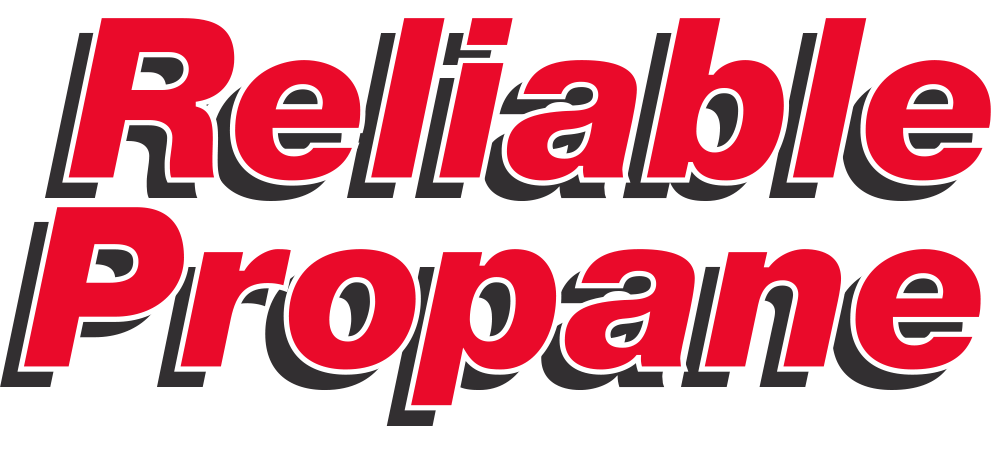Safety FAQs
HOW DO I READ THE GAUGE ON MY TANK?
The gauge will usually be located under the dome on the top of your tank. Simply lift the dome and find the dial with numbers from 5 to 95. Those numbers indicate the percentage of propane in your tank. You will want to call Reliable Propane to have your tank filled when it reaches 20% or less.
WHAT ARE THE PARTS OF MY PROPANE SYSTEM?
Your propane system has four basic parts:
- A tank or cylinder equipped with a main shutoff valve
- One or more regulators designed to reduce pressure between the container and your appliance(s)
- Gas piping, to carry the propane to your appliance(s)
- Gas appliance(s)
The tank or cylinder is where the propane is stored. It is equipped with a shutoff valve, which turns the gas “on” or “off.” The regulator controls the gas pressure, while the gas piping carries the gas to your appliance(s).
It is important for you to know the location of the main shutoff valve on the tank or cylinder. Remember its location and become familiar with how to shut it off in an emergency situation.
WHAT IF I RUN OUT OF GAS?
Letting your propane container run empty creates additional hazards. If you run out of gas and lose pressure in the system, a potentially hazardous condition can result. If you do run out of gas, follow these steps:
- Turn off all control valves on all gas appliances.
- Turn off the shutoff valve on the propane container(s).
- Call your propane supplier to arrange for delivery, and advise them you are out of gas.
- Don’t turn the gas back on! Let a Reliable Propane employee do it. When you schedule your fill, be sure it is for a time when you will be at home, so we can re-light and check your appliances and system to assure that they are operating properly and are leak free.
- Immediately after your tank is refilled, have a service technician check to see that all safety controls are functioning properly and the piping system is leak free.
Reliable Propane
10140 County Road
Clarence Center, NY 14032
Phone: 716-741-3000
Toll-Free: 800-675-8553
Hours:
Monday to Friday: 8 a.m. to 5 p.m.
Saturday: 8 a.m. to noon
